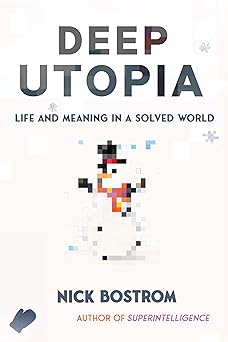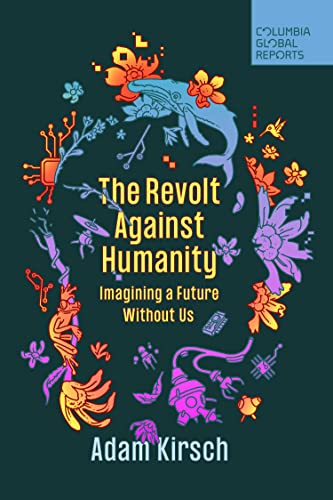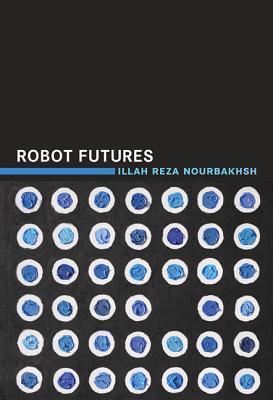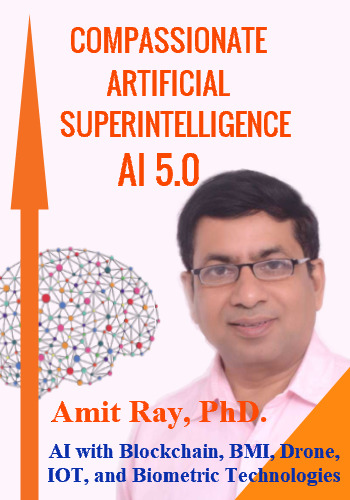
Deep Utopia: Life and Meaning in a Solved World
Book Description
What if tomorrow, all of humanity's greatest challenges were solved? In "Deep Utopia: Life and Meaning in a Solved World," Nick Bostrom explores this exhilarating possibility, unearthing the profound implications of a reality where poverty, disease, and conflict are relics of the past. Amid technological wonders and unparalleled prosperity, the search for purpose takes center stage. What does it mean to live a meaningful life when the mundane struggles vanish? Journey into a future brimming with hope and uncertainty, where the true battle is not against obstacles, but against the void of meaning. Will humanity rise to the occasion or fall into existential despair?
Quick Book Summary
"Deep Utopia: Life and Meaning in a Solved World" by Nick Bostrom explores a thought-provoking future where humanity's age-old problems—poverty, disease, and conflict—have been eradicated through technological advancement. In this profound yet disquieting landscape, Bostrom asks what becomes of human purpose and fulfillment when material strife is no longer our central narrative. He examines how the removal of existential threats reshapes our values, ambitions, and sense of meaning. Through philosophical inquiry, Bostrom analyzes how individuals and societies might respond: will we find new sources of significance, or does the absence of struggle breed ennui and nihilism? The book challenges readers to reimagine human flourishing in a world where the outer obstacles are solved, but the inner quest for purpose remains.
Summary of Key Ideas
Table of Contents
Redefining Meaning in a World Without Adversity
Imagine a world in which all the traditional human challenges—disease, poverty, war—have been eliminated. Bostrom constructs this scenario not simply as idle speculation but as a logical consequence of advancing science, artificial intelligence, and global cooperation. He reflects on how societies, freed from the urgent struggle for survival, would fundamentally change. Material needs taken care of, the conditions for day-to-day living would be transformed, offering a canvas for unprecedented human flourishing.
Technological Utopia and Its Psychological Impact
Yet, Bostrom cautions, this new paradise also presents profound psychological challenges. Without hardship as a driving force, individuals might lose the very friction that once gave their lives meaning. The absence of external adversity could leave people vulnerable to ennui, restlessness, or existential emptiness. Bostrom probes the historical tendency for humans to define purpose through overcoming obstacles, and questions whether old models of motivation and satisfaction will suffice in the new world.
Freedom, Choice, and the Structure of Fulfillment
With adversity gone, Bostrom envisions the deepening of personal freedom and choice. No longer burdened by survival, individuals can direct their energies toward self-actualization, creative projects, and exploration of identity. However, the vast array of options may also induce choice paralysis, making it harder to forge commitments and sustained passions. Navigating these dilemmas will require new frameworks for personal development and fulfillment, adapted for a world lacking dire necessity.
Community, Relationships, and New Forms of Value
Societal structures and relationships are also reconsidered. As external threats recede, community bonds may weaken, or conversely, deepen through new forms of shared experience and cooperation. Bostrom explores the emergence of alternative forms of value, such as cultural achievements, advanced education, or novel ethical pursuits. He argues that meaning may increasingly be sought collectively, through intentional projects and shared narratives rather than through combating scarcity.
The Perils and Promises of Post-Scarcity Existence
Finally, Bostrom acknowledges both the promise and peril of this post-scarcity existence. While the opportunity for personal and societal growth is immense, so too is the risk of stagnation or nihilism. The book ultimately challenges readers to envision how meaning might be reimagined and rebuilt, urging conscious design of structures—both personal and societal—to foster flourishing when the old problems have vanished. The future, Bostrom suggests, will demand as much creativity and courage as any age of hardship.
Download This Summary
Get a free PDF of this summary instantly — no email required.





